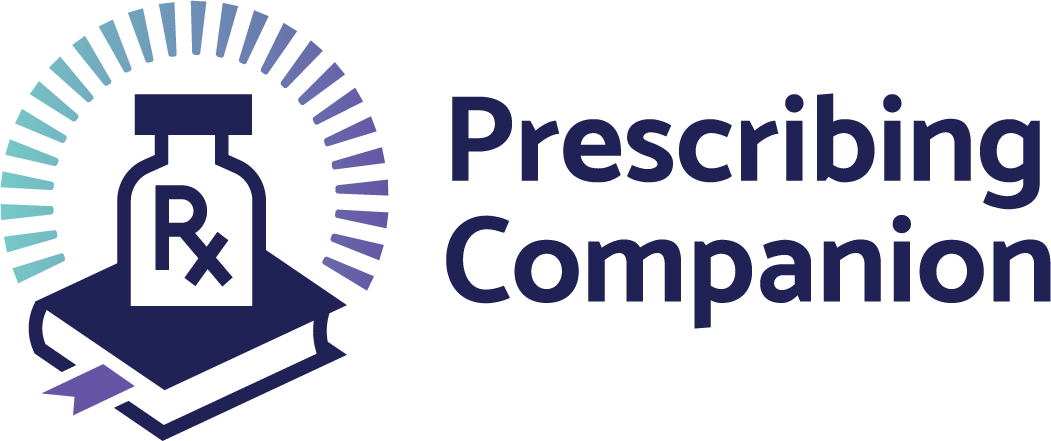Management of Emergencies And Trauma in Adults
exp date isn't null, but text field is
Note: Initial Emergency Management: For all emergencies and trauma, the following format should be applied in management {ABCDE}:
- A - Airway
- Assess for patency.
- Suctioning, Positioning, Jaw thrust, Guedel (oropharyngeal) airway, immobilize CSpine in trauma patients.
- B - Breathing
- Respiratory rate, O2 Saturations, O2 Therapy, Inspection, Palpation, and Auscultation of chest Assist respirations if needed.
- C - Circulation
- In trauma patient compress active bleeding.
- BP and HR, Capillary refill time, Check warmth of hands.
- IV access {use green or grey cannula in adults}, obtain appropriate blood samples.
- Palpate abdomen for tenderness and pelvis for instability in trauma patients.
- D - Disability
- AVPU or GCS {see table below}
- Don't forget to check Glucose
- Check for neurological deficits
- E - Exposure
- Check Temperature
- Expose the rest of the body looking for rashes, bruising, petechiae or other signs of trauma
Key points:
- Apply pelvic binder for unstable pelvic fractures
- For suspected fractures aim to immobilize and give analgesics before referral
- Open fractures require sterile dressing and IV antibiotics
- TTV for all wounds and open fractures
|
|
AVPU TABLE |
|
Awake |
Patient is Awake |
|
Verbal |
Patient responds to Verbal Stimulus |
|
Pain |
Patient responds to Pain Stimulus |
|
Unresponsive |
Patient is Unresponsive to any stimuli |
|
GCS TABLE |
1 |
2 |
3 |
4 |
5 |
6 |
|
Motor |
Unresponsive |
Extension to pain |
Flexion to pain |
Withdraws from pain |
Localizes pain |
Obeys commands |
|
Verbal |
No sounds |
lncompre- hensible sounds |
Words but no conversation |
Confused conversation |
Comprehensive speech |
|
|
Eye |
No eye opening |
Opens to Pain |
Opens to voice |
Opens sponta- neously |
|
|
